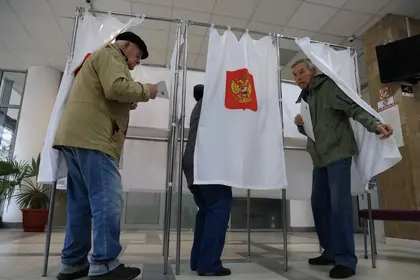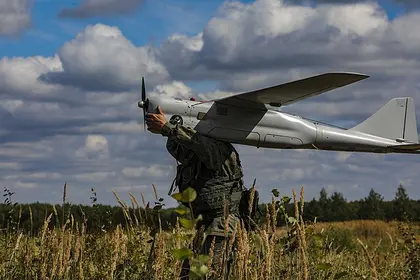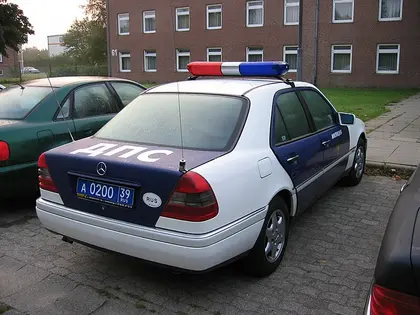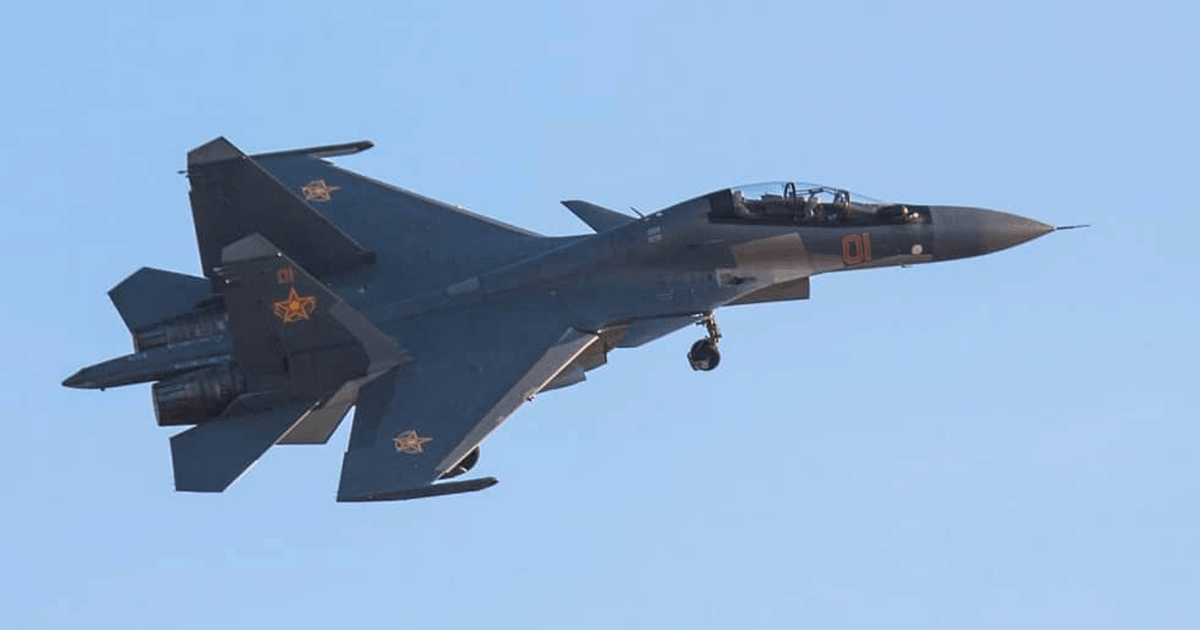When I was part of a small team of American consultants that secretly advised Boris Yeltsin’s re-election campaign in 1996, I remember a news report of a campaign worker on the St. Petersburg mayor’s race having acid thrown in his face. Not a campaign tactic frequently used in US campaigns. What I did not know at the time was that Vladimir Putin was a deputy mayor in St. Petersburg.
The violence in Putin’s campaigns escalated in 1999. His rise to power was driven by “Chechen terrorist attacks” that blew up multiple apartment buildings across Russia and killed some 300 Russian civilians. Subsequent investigations showed that Putin, a former KGB officer turned Russian prime minister, likely authorized these false flag operations to rally support for his presidential bid.
In 1996, we polled the Russian people on their most important characteristics for a leader. By far, the most important was strength. This is something Putin knows well. Each time he has invaded Ukraine, his approval rating has jumped 20%.
Despite what Tucker Carlson’s fascination with Moscow’s grocery stores might lead you to believe, almost a quarter of Russians live without indoor plumbing. Russia has the second highest rate of alcoholism in the world, the third highest divorce rate in the world and the highest suicide rate in Europe. For people living in misery, Putin’s campaign theme of “Russia’s borders know no bounds” feeds the fantasy of the revival of the Russian Empire. Although their lives are terrible, Putin’s imperial conquests make them feel part of something great.

German Ex-Soldier Admits Spying for Russia Out of Fear of 'Nuclear Escalation'
As I watch another Russian election from Ukraine, violence once again comes into play. But so far the violence is working against Putin.
In a US campaign, the weeks before the election are the “get out the vote” period, an effort to drive supporters to the polls. Ukraine is using the “get out the drones” strategy in the 2024 Russian election campaign.
Two days before the elections, Ukraine sent scores of drones deep into Russian territory and crippled several Russian oil refineries hundreds of miles from Kyiv. Eleven refineries have been attacked in 2024, leading to a six month ban on gasoline exports, curtailing funding for Russia’s war effort.
Ukraine has a navy smaller than that of the almost landlocked desert country of Jordan. Yet Ukrainian marine drones have sunk three Russian ships this year. Ukraine has taken out about a third of the Russian Black Sea fleet since the beginning of the war. The fleet is now hiding in Turkish territorial waters.
Ukraine is almost out of artillery rounds, thanks to Congressional dysfunction. My friends at the front report as much as a 20 to 1 ratio of Russian artillery rounds fired to Ukrainian rounds fired. The only thing keeping the Russians from rolling through and giving Putin a military and campaign victory is Ukrainian drones. Literally, hundreds of Ukrainians are making thousands of weaponized drones at their kitchen tables that are enabling Ukraine to respond to Russian artillery.
What Ukrainians are not doing is buying US drones. Much of our weaponry was designed to be used against men in caves in Afghanistan and is less effective against an adversary with a sophisticated electronic warfare capability. In some cases, they are not effective at all. Soldiers in Kherson report that the tiny explosives on the Switchblade 300 drones are best suited for New Year’s Eve celebrations. An American I know fighting in Ukraine carried around two Teal Golden Eagle drones that he simply could not make work.
Regardless of the Ukrainians’ courage and innovation, Putin is going to win Russia’s election in a landslide, in part because he has graduated from throwing acid in the face of his political opponents to killing them outright. But here is how Ukraine’s efforts to impact the Russian election will impact ours.
The Ukrainians are now the most innovative military drone makers in the world. And we are beneficiaries of that technology. The Ukrainians are demonstrating how to use a $250,000 marine drone to take out a $150 million Russian corvette. We are learning about this because our ally is doing it to an adversary, not because one of our adversaries is doing it to our navy. This is a cheap lesson.
The Pentagon will spend $145 billion on research and development in 2024. Probably none of it will be as effective as the $42 billion we have already invested in Ukraine.
Right now, Ukrainians are willing to fight and die using our weapons and their own innovations to defend their freedom and degrade the warfighting capability of an expansionist Russia that believes its borders know no bounds. Members of Congress who are concerned about supporting Ukraine in the 2024 election should make the tough choice to send relatively inexpensive weapons to Ukraine now, or face being left without a choice to send the very dear lives of American men and women in the 2028 or 2030 elections.
The views expressed are the author’s and not necessarily of Kyiv Post.
You can also highlight the text and press Ctrl + Enter







Comments (0)